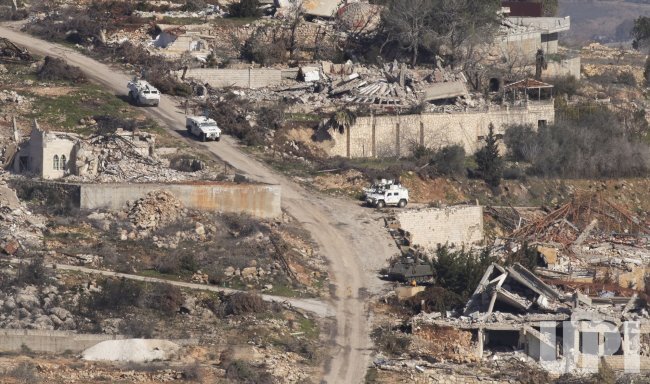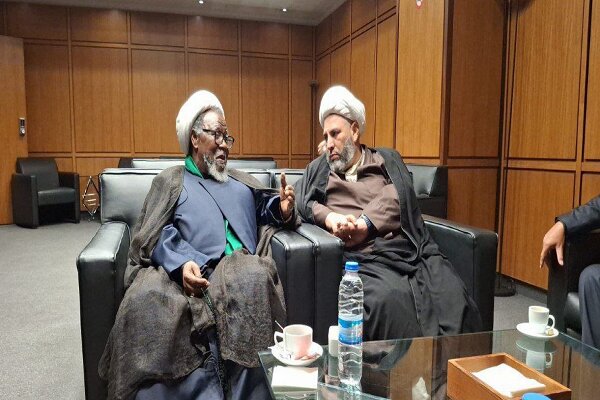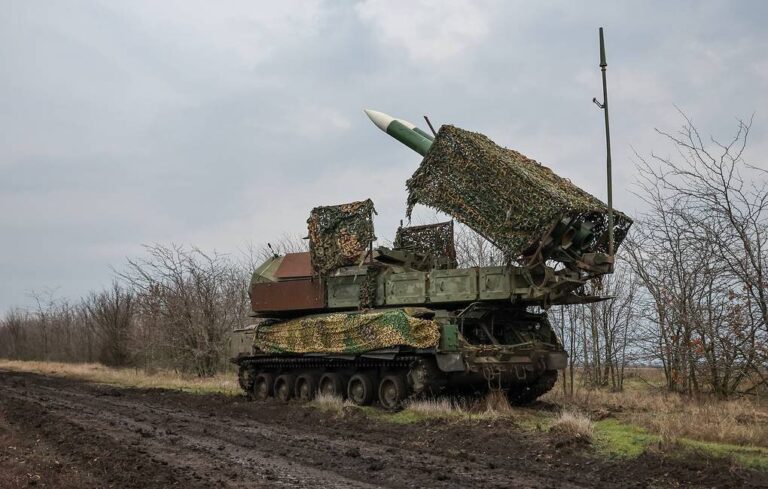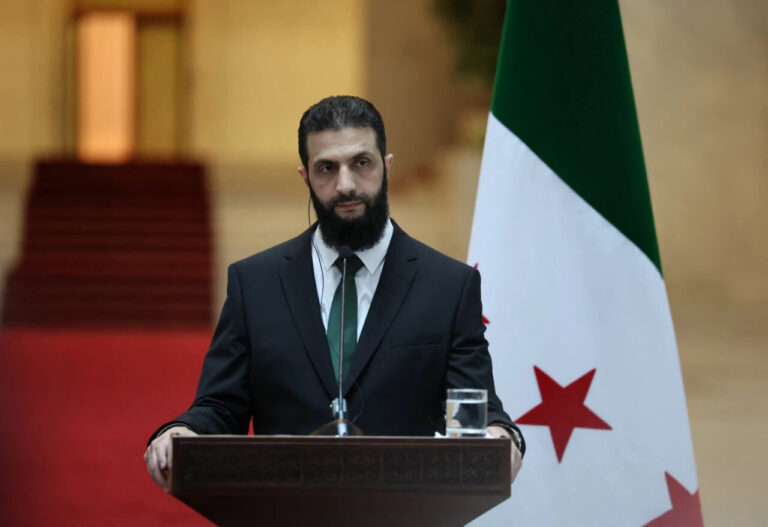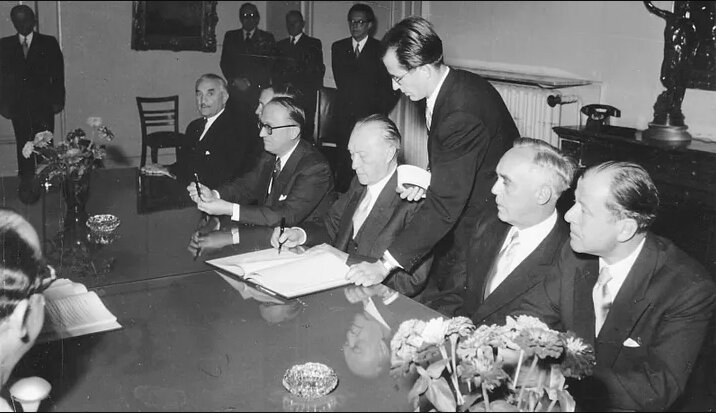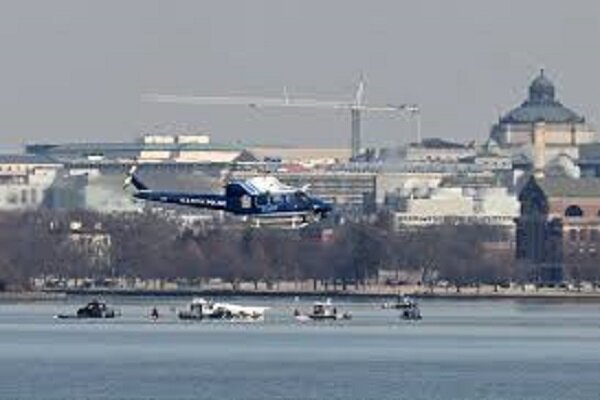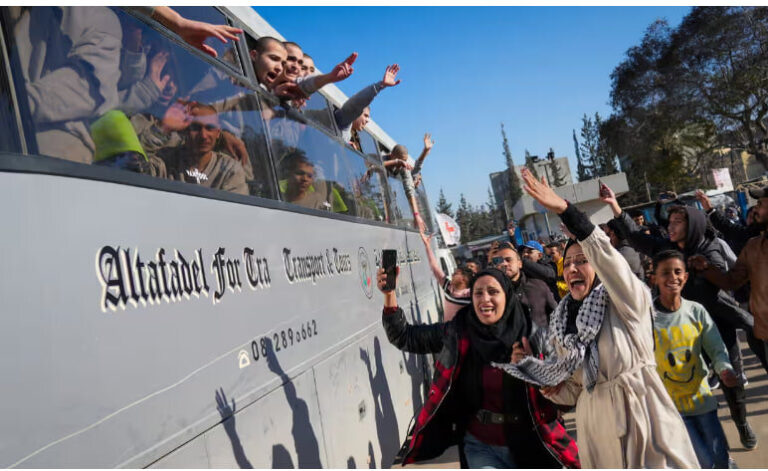Unlocking the Strategy: How Israel Capitalized on Lebanon’s Ceasefire
In the wake of the recent conflict, the Israeli military’s actions in southern Lebanon have drawn widespread condemnation. Following a ceasefire agreement on September 27, 2024, reports emerged of the Israeli regime bombing entire villages, leaving behind devastation that resembled the aftermath of a natural disaster. However, this destruction was man-made, and the village of Odaisseh serves as a stark reminder of the violence that ensued.
During my visit to Odaisseh, I witnessed the extensive damage inflicted on the community. The Israeli occupation forces had previously encountered fierce resistance from Hezbollah, and only after the Lebanese resistance movement retreated behind the Litani River did the Israeli military seize control of the village. What transpired after the ceasefire was alarming and deliberate.
Many locals recounted similar stories about the destruction that occurred post-ceasefire:
- The Israeli military had placed explosives around the village, which were detonated after the ceasefire agreement was established.
- Witnesses confirmed that prior to the ceasefire, Odaisseh was still intact, with videos documenting its condition.
- Residents expressed no regret over Hezbollah’s actions in Gaza, believing it was a necessary response to the Israeli invasion.
Among those I spoke with was Halima, who was sifting through the ruins of her home. “They are not men. They are cowards,” she declared, expressing her anger at the Israeli forces for their actions after the ceasefire. “Only cowards blow up a village after a ceasefire. They couldn’t defeat our boys.” Her sentiment echoed throughout the community, where many felt a sense of betrayal and anger.
Another resident, a father named Ahmed, stood with his wife and young son, Amir, as they surveyed the remnants of their neighbor’s home. “We will rebuild again and again. This is our land. That’s not even their land,” he said, defiantly pointing across the border. His perspective highlighted a larger issue; many in the village believe the Israeli invasion has been long in the making and view Hezbollah’s military actions as a necessary front to support Gaza.
The aftermath of the conflict raises important questions about the motives behind the Israeli military’s actions:
- Was the destruction a tactic to eliminate any trace of the village and project a false sense of victory to the Israeli public?
- How did the Israeli forces justify their continued presence in the area, even after the ceasefire agreement’s stipulated withdrawal date of February 18?
- What are the implications for the future of towns like Odaisseh, as residents face the dual challenges of rebuilding and ongoing military threats?
Despite the destruction, the resilience of the Odaisseh community remains strong. Many locals are committed to rebuilding their homes and their lives, undeterred by the violence they have faced. Ahmed’s words encapsulate the spirit of the village: “We will rebuild again and again.”
As Israeli troops and armored tanks remain stationed along the border in northern Palestine, the local sentiment is one of defiance. Residents are not only grappling with the loss of their homes but also the broader implications of ongoing violence in the region. The community’s resolve in the face of adversity is a powerful testament to their connection to the land and their determination to resist outside forces.
In conclusion, the destruction witnessed in Odaisseh raises critical questions regarding the actions of the Israeli military and the impact on civilian populations. As the conflict continues, the stories of those who have been affected must be heard and understood, highlighting the human cost of war and the enduring spirit of resilience among communities facing such turmoil.
